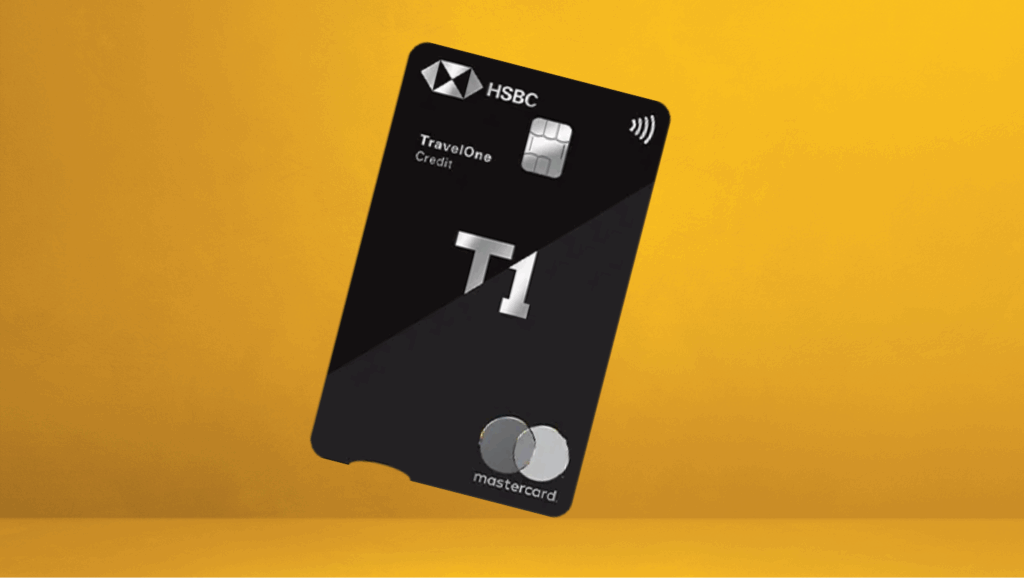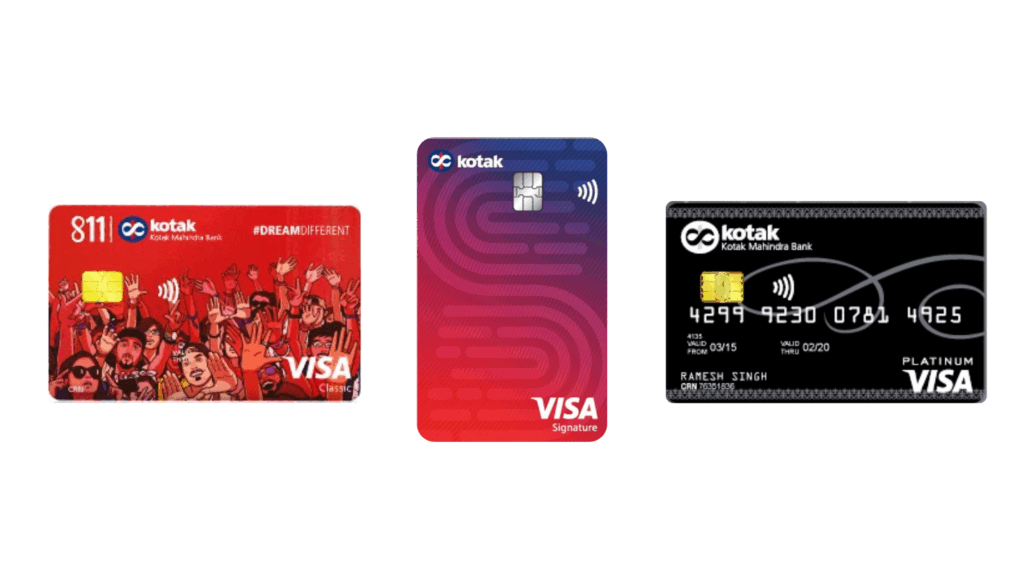
Stay updated with RBI’s latest 2025 KYC guidelines for banks! Learn the new rules, documents required, and step-by-step process for KYC updation. Avoid penalties by ensuring compliance. Essential for all bank account holders.
The Reserve Bank of India (RBI) plays a pivotal role in ensuring the security and integrity of the banking system. One of the critical regulatory frameworks enforced by the RBI is the Know Your Customer (KYC) process. KYC updation is mandatory for banks to verify customer identities, prevent financial crimes like money laundering, and align with global compliance standards. With recent amendments introduced in November 2024, the RBI has streamlined and modernized its KYC guidelines to enhance efficiency, reduce redundancies, and strengthen compliance. This blog post provides an in-depth look at the latest RBI rules for KYC updation in banks for 2025, incorporating SEO-friendly keywords like RBI KYC guidelines 2025, KYC updation in banks, and RBI KYC compliance to help you stay informed and rank higher on Google.
What is KYC and Why is it Important?
Know Your Customer (KYC) is a mandatory process through which banks and financial institutions verify the identity and address of their customers. It helps mitigate risks associated with illegal activities such as money laundering, terrorism financing, and fraud. The RBI’s KYC framework ensures that banks maintain accurate and updated customer information, aligning with the Prevention of Money Laundering Act (PMLA), 2005, and international standards set by the Financial Action Task Force (FATF).
For customers, KYC compliance ensures seamless banking services, while for banks, it safeguards against financial crimes and regulatory penalties. With the rise of digital banking and fintech innovations, the RBI has emphasized digital KYC and periodic KYC updation to keep pace with technological advancements and evolving risks.
Latest RBI KYC Guidelines for 2025: Key Updates
On November 6, 2024, the RBI announced significant amendments to its Master Direction on KYC, 2016, effective immediately. These updates align with recent changes to the PMLA Maintenance of Records Rules, 2005, the Unlawful Activities (Prevention) Act (UAPA), 1967, and other regulatory frameworks. Below are the key highlights of the RBI KYC rules for 2025:
1. Risk-Based Approach for Periodic KYC Updation
The RBI has adopted a risk-based approach for periodic KYC updation, categorizing customers into high, medium, and low-risk groups. The frequency of KYC updates depends on the risk level:
- High-risk customers: KYC must be updated at least once every 2 years. Examples include politically exposed persons (PEPs) or accounts with frequent cash transactions.
- Medium-risk customers: KYC updates are required every 8 years.
- Low-risk customers: KYC updates are needed every 10 years.
This approach ensures that resources are allocated efficiently, with enhanced scrutiny for high-risk accounts. Banks must approve these risk categorizations through their Board of Directors or a designated committee.
2. Simplified KYC for Existing Customers
A major update is the introduction of the Unique Customer Identification Code (UCIC). If a customer is already KYC-compliant with a bank, they do not need to undergo a fresh Customer Due Diligence (CDD) process to open additional accounts or avail other services within the same bank. This eliminates redundant paperwork and enhances customer convenience. However, coordination between regulators like SEBI (for mutual funds) and IRDAI (for insurance) is still needed for seamless KYC compliance across sectors.
3. Central KYC Records Registry (CKYCR) Integration
The RBI has mandated that banks upload and update KYC data to the Central KYC Records Registry (CKYCR) within 7 days of receiving new or updated customer information. The CKYCR is a centralized repository that stores and retrieves KYC records digitally, ensuring consistency across financial institutions. For accounts opened after January 1, 2017 (for scheduled commercial banks) or April 1, 2021 (for other regulated entities), KYC data must be incrementally uploaded during periodic updates.
4. Non-Face-to-Face KYC Options
To enhance customer convenience, the RBI allows non-face-to-face KYC updation through digital channels such as:
- Registered email ID
- Registered mobile number
- ATMs
- Online banking or mobile apps
If there is no change in KYC details, customers can submit a self-declaration through these channels. For address changes, banks must verify the new address within 2 months. This is particularly beneficial for Non-Resident Indians (NRIs) and senior citizens who may face challenges visiting branches.
5. Enhanced Monitoring for High-Risk Accounts
High-risk accounts, such as those with frequent small cash deposits or multiple cheque book requests, require increased scrutiny. Banks must report suspicious activities to the Financial Intelligence Unit-India (FIU-IND) and the RBI. The amendments also align with the UAPA, 1967, to prevent terrorism financing, with the designation of the Central Nodal Officer changed from “Additional Secretary” to “Joint Secretary” per a government corrigendum in April 2024.
6. Technological Integration
The RBI encourages banks to leverage technologies like Artificial Intelligence (AI), Machine Learning (ML), and blockchain for KYC compliance. These tools help in Anti-Money Laundering (AML) screening, fraud detection, and efficient data management. Video-based Customer Identification Process (V-CIP) is also promoted for remote KYC verification, especially for new account openings.
7. Simplified Procedures for Small Accounts
For small accounts with limited transaction and balance thresholds (e.g., annual credits up to ₹1,00,000 and monthly withdrawals up to ₹10,000), simplified KYC procedures apply. This facilitates financial inclusion for low-risk customers or those unable to provide standard documentation.
How to Update KYC in Banks: Step-by-Step Guide
The RBI has made KYC updation user-friendly, offering both online and offline options. Here’s how you can update your KYC details in 2025:
Online KYC Updation
- Visit Your Bank’s Website or App: Log in to your bank’s internet banking portal or mobile app using your credentials.
- Navigate to KYC Section: Look for options like “Update KYC” or “My Profile” under services.
- Verify Details: Confirm your Aadhaar, PAN, address, and other details. If unchanged, submit a self-declaration.
- Upload Documents: For changes (e.g., address), upload scanned copies of officially valid documents (OVDs) like Aadhaar, passport, or driving license.
- Submit: Tick the declaration and submit. The bank will verify the details and update the CKYCR within 7 days.
Example for SBI Customers:
- Visit www.onlinesbi.com.
- Go to “My Accounts & Profile” > “Update KYC.”
- Follow the prompts to verify or update details.
Offline KYC Updation
- Visit a Branch: Go to your nearest bank branch with original and photocopies of OVDs.
- Fill Re-KYC Form: Download the Re-KYC form from the bank’s website (e.g., Bank of Baroda Re-KYC Form) or collect it at the branch.
- Submit Documents: Provide self-attested copies of Aadhaar, PAN, or other OVDs.
- Verification: The bank will verify and update your KYC records.
For NRIs, banks like ICICI Bank offer additional channels like emailing scanned documents from registered email IDs or submitting them via internet banking.
Documents Required for KYC Updation
The RBI recognizes the following Officially Valid Documents (OVDs) for KYC:
- Passport
- Aadhaar Card (proof of possession)
- Driving License
- Voter’s Identity Card
- NREGA Job Card
- Letter issued by the National Population Register
For minors, if under 10, the guardian’s ID proof is required. For those operating accounts independently, standard KYC applies. Banks may request additional documents based on customer profiles or transaction patterns.
Consequences of Non-Compliance
Failure to update KYC within the stipulated timeframe can lead to:
- Account Freeze: Banks may restrict transactions, preventing withdrawals, transfers, or purchases.
- Service Disruptions: Access to digital banking or new services may be limited.
- Regulatory Penalties: For banks, non-compliance with RBI KYC norms can result in fines or reputational damage.
To avoid disruptions, banks send multiple reminders via SMS, email, or letters. Customers unable to visit branches due to age, illness, or other reasons should inform the bank for alternative arrangements.
Challenges and Criticisms
While the RBI’s KYC guidelines aim to enhance security, some challenges persist:
- Overzealous Bank Practices: Reports indicate banks sometimes demand unnecessary documents or freeze accounts despite existing KYC compliance, causing inconvenience, especially for senior citizens.
- Lack of Clarity: Customers often face confusion due to inconsistent communication from banks about required documents or processes.
- Digital Divide: Rural customers or those unfamiliar with digital channels may struggle with online KYC updation.
The RBI is addressing these issues by promoting simplified processes and encouraging banks to adopt customer-centric approaches.
Benefits of the Updated KYC Guidelines
The 2025 KYC amendments offer several advantages:
- Streamlined Processes: The UCIC and CKYCR integration reduce repetitive KYC exercises.
- Enhanced Security: Alignment with PMLA and UAPA strengthens India’s AML/CFT framework.
- Customer Convenience: Digital and non-face-to-face options make KYC updation accessible.
- Global Compliance: Adherence to FATF standards boosts India’s credibility in the global financial market.
Tips for Hassle-Free KYC Updation
- Stay Informed: Monitor bank notifications for KYC due dates.
- Keep Documents Ready: Ensure your Aadhaar, PAN, and other OVDs are updated.
- Use Digital Channels: Opt for online KYC updation to save time.
- Contact Your Bank: Clarify requirements with your bank’s customer service if unsure.
- Update CKYCR: Ensure your KYC details are consistent across all financial institutions.
Navigating the KYC Process
The RBI’s KYC guidelines for 2025 reflect a forward-thinking approach to balancing regulatory compliance, customer convenience, and technological innovation. By adopting a risk-based approach, integrating with CKYCR, and promoting digital KYC, the RBI is fortifying India’s financial ecosystem against emerging threats. For customers, understanding these rules and proactively updating KYC details is crucial to ensure uninterrupted banking services.
Stay compliant with the latest RBI KYC rules by leveraging your bank’s digital platforms or visiting a branch. For more details, refer to the RBI’s official website (www.rbi.org.in) or contact your bank. By staying informed about RBI KYC guidelines 2025, you can navigate the KYC process with ease and contribute to a secure financial system.





























